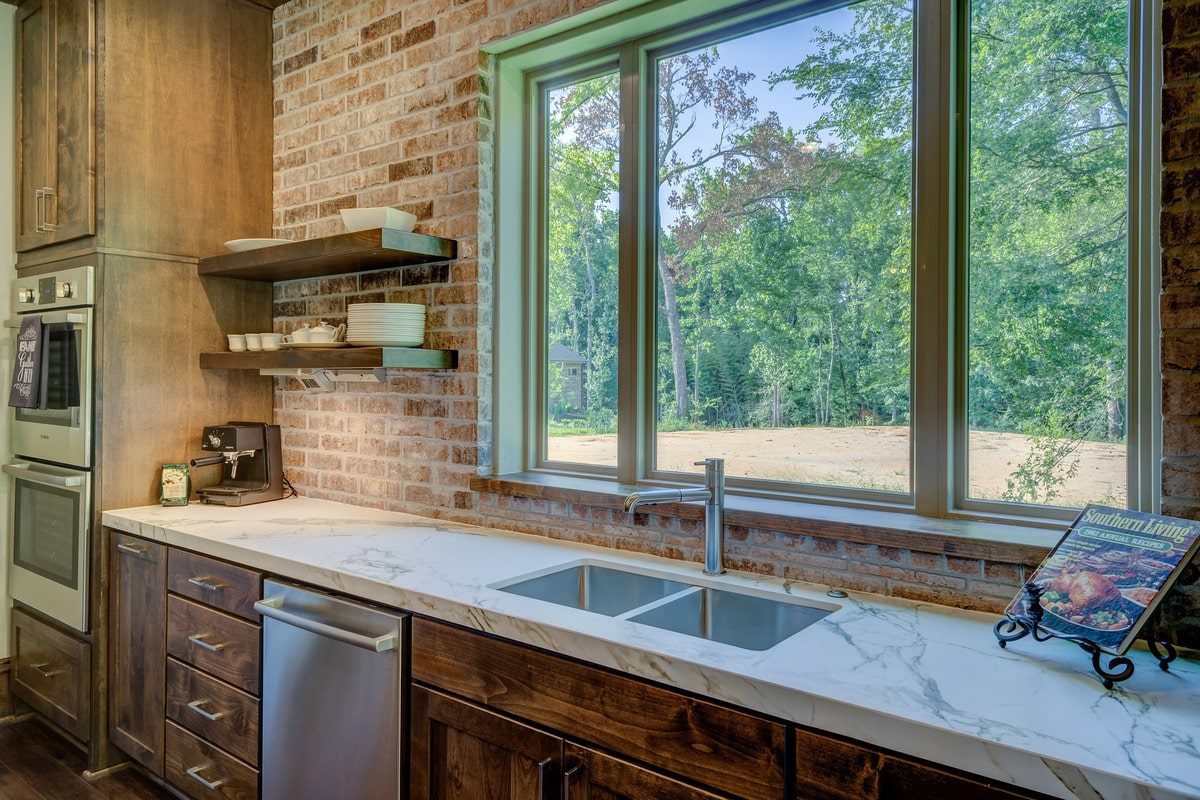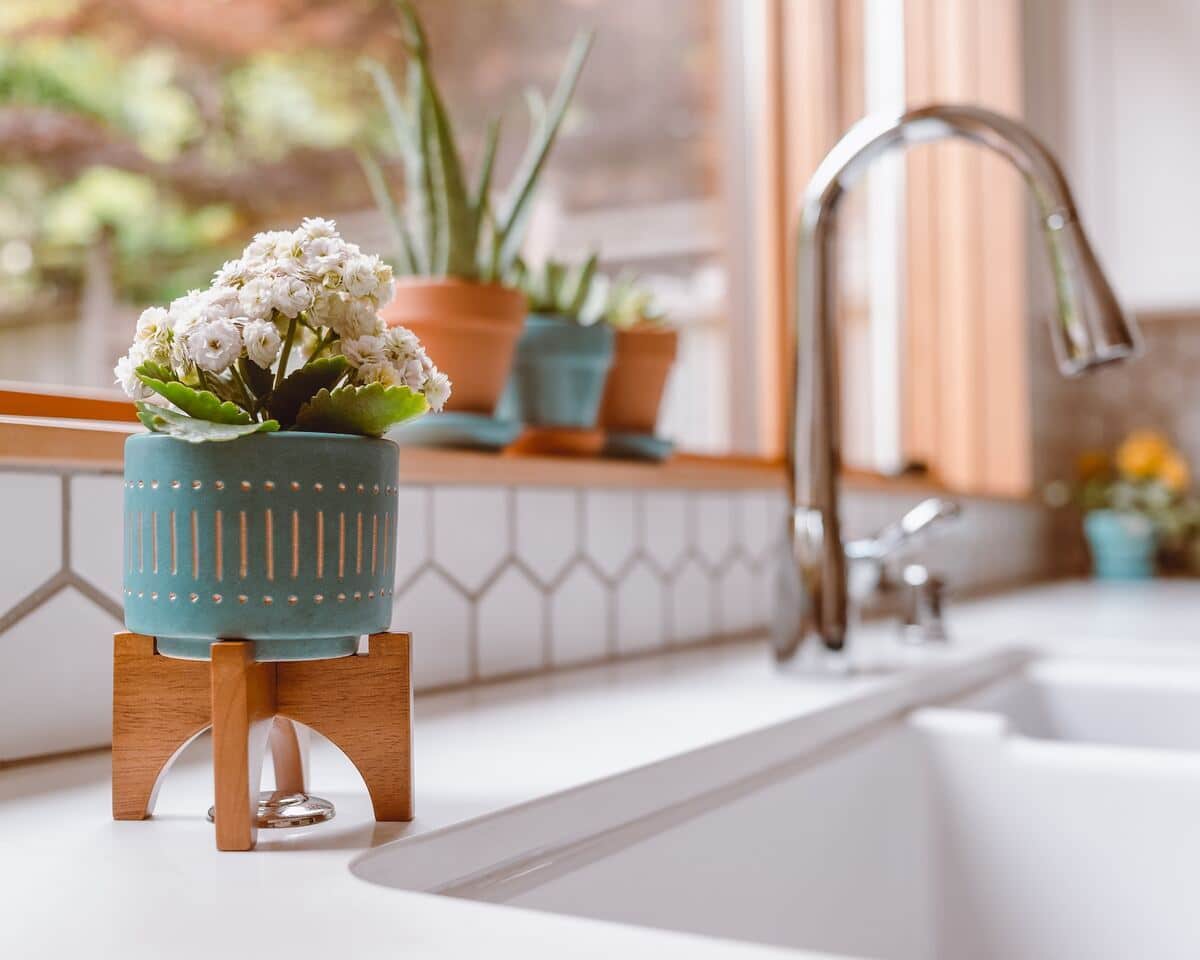Your kitchen sink collects a lot of filthy plates, pots, pans, and even some unused oil. Unfortunately, the drain doesn’t always have a pleasant aroma, especially after you’ve used the disposal. If you don’t clean your kitchen drain and garbage disposal regularly, the smell of rotting food and other debris can spread to other parts of your house.
If you’ve done all you can to clean your kitchen drain and it still smells bad, you may as well call a drain cleaning service to help you out. Otherwise, if this is your first time, follow these steps to clean your kitchen sink drain and garbage disposal.
How to Clean Your Kitchen Drain
Grease, oil, and food scraps pile up in your kitchen sink on a regular basis. Keeping your drain free of such buildups is the easiest way to avoid a clog. Cleaning your kitchen drain will only take you about 10 minutes, so this should feel like such a chore. Here are some ways you can clean your kitchen drain.
Water and Soap
Start by bringing a pot of water to a boil. The quickest solution is to start heating water in a kettle. Keep in mind that the water temperature in PVC and plastic pipes must be kept below the boiling point to prevent any damage to the piping. Stir some dish soap into the boiling water and let it boil for a few more seconds.
Take your hot soapy water and carefully pour it down your kitchen sink drain and let it sit for about 5 minutes. After waiting 5 minutes, flush the drain with cold water from the faucet to break up any lingering clogs. Then, boil some more water and flush it down the toilet to make sure there are no traces of the previous solution left over.
Baking Soda and Vinegar
When you mix baking soda and vinegar together, molecules trade places, producing carbon dioxide and water that bubble through the blockage. However, mixing these two together isn’t the power cleaner you were made to believe.
Water, carbon dioxide, acetate, and sodium ions are all that remain after mixing baking soda and vinegar. The attractive bubbliness is due to the carbon dioxide produced during the process. Once the bubbles subside, it’s practically just water with vinegar.
If you really want to use baking soda and vinegar as a mixture for cleaning, we recommend applying the bubbling baking soda and vinegar solution immediately to the area you’re cleaning while it’s still in action. After the bubbling stops, the vinegar and baking soda solution won’t do much good.
For this guide, we recommend using them separately.
Similar to the first method, boil about two quarts of water and slowly pour it down your kitchen sink drain drain. Let it sit for about 5 minutes and pour a cup of baking soda down the drain. After that, use the hot water to thoroughly rinse the drain.
After that, use white distilled vinegar or lemon juice and pour it down the drain for added odour control. Let it sit for 30 minutes and rinse the drain with more hot water.
Enzymatic Cleaner
Don’t use strong acidic chemical cleaners for your drains. Pipes made of metal can dissolve in chemical cleaners, and those made of plastic might overheat and warp. Even while using chemical cleaners one time is not likely to create severe consequences, you still avoid using them nonetheless.
An alternative to chemical cleaners that still pack a punch is enzymatic cleaners. Wads of toilet paper, cotton swabs, hair, lint, grease, and soap scum are no match for an enzymatic cleaner’s eco-friendly components. It can be used in any plumbing fixture without worrying about damaging the pipes, including sinks, tubs, showers, and even toilets.
One of the most popular enzymatic cleaners is the Green Gobbler Drain Clog Remover. The dual-chamber design makes precise dosing unnecessary. All you have to do is dump the entire contents of one chamber into a sink or tub, or both chambers into a toilet.
To get your pipes looking like new again, give the product anything from two hours to a whole night to work, and then flush them with water.
Prevent Kitchen Drain Clogs
Probably the best way to keep your drains clean is to prevent doing anything that will clog your kitchen sink drain. Clogged kitchen drains can be avoided if grease is kept out of the pipes. Clogs can be caused by grease, which can run down the drain as a liquid but then solidify into a mass when it cools.
Grease should be stored in a container that may be discarded once it has hardened. A wire mesh filter placed over the drain in the kitchen is another option for preventing clogs from food particles.
If you want to avoid blockages, you should always run hot water down a drain after using it for anything, whether it’s food, toothpaste, or soap.
How to Clean a Garbage Disposal
Once you commit to using a garbage disposal, learning how to maintain it clean becomes an essential home task. If you let junk build up inside, it might hinder the appliance’s efficiency and leave a foul smell in the kitchen.
Power Off
To clean your garbage disposal, disconnect it from its power source and turn it off. Turn off the breaker serving that part of the kitchen if necessary.
Remove Obstructions
Flash a light down the drain and check to see if anything is stuck in the disposal grinder. Use tongs or long-nosed pliers to remove any obstructions you find. If you absolutely must put your hand in the grinder, wear a rubber glove to prevent injury, reach down the drain, and carefully pull out the object. Take care around the sharp edges of the grinder.
Use Hot Water and a Toothbrush
Next, reconnect the garbage disposal and fill it up with hot water about halfway. Run the disposal until all of the water has been drained.
To clean the interior of the disposal, try using an old toothbrush or a scrub brush with a long handle and a narrow head. Soak the bristles of the brush in warm water and a drop or two of dish soap made specifically for removing oil. Turn the brush in different directions to clean the disposal’s interior.
Salt and Ice
Finally, add one cup of rock salt and two cups of ice to the garbage disposal. Turn on the garbage disposal and let it pulverize the salt and ice. The ice and rock salt work together to loosen and dislodge any stuck food or waste from your disposal. Cleaning your garbage disposal with cold water can keep any grease from coagulating and backing up the drain.


